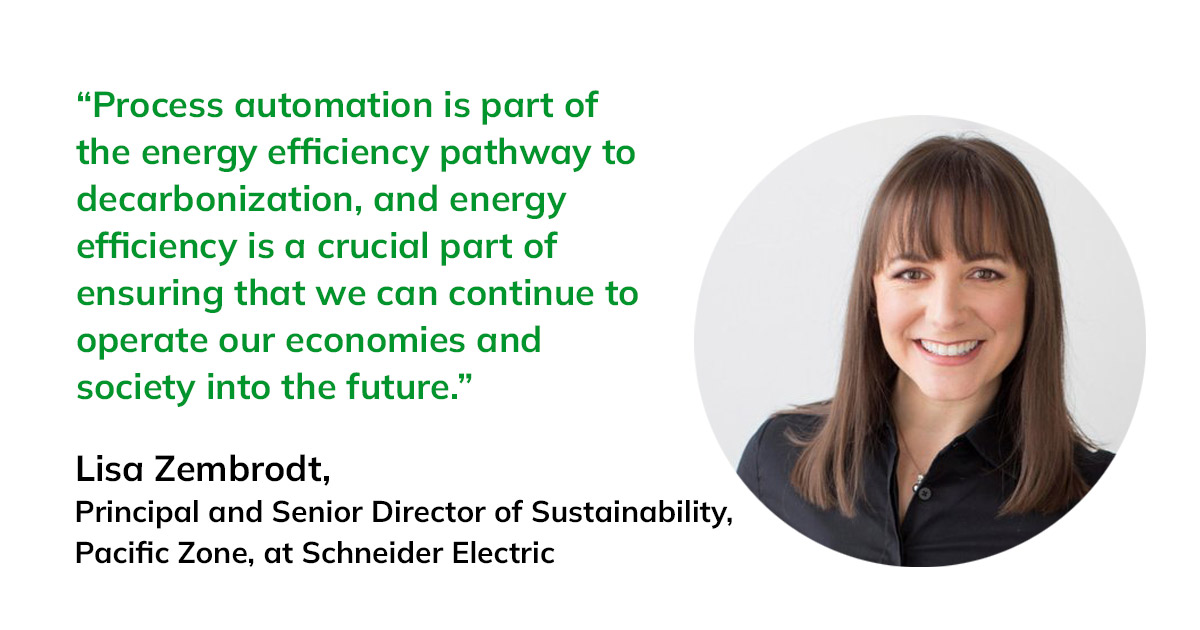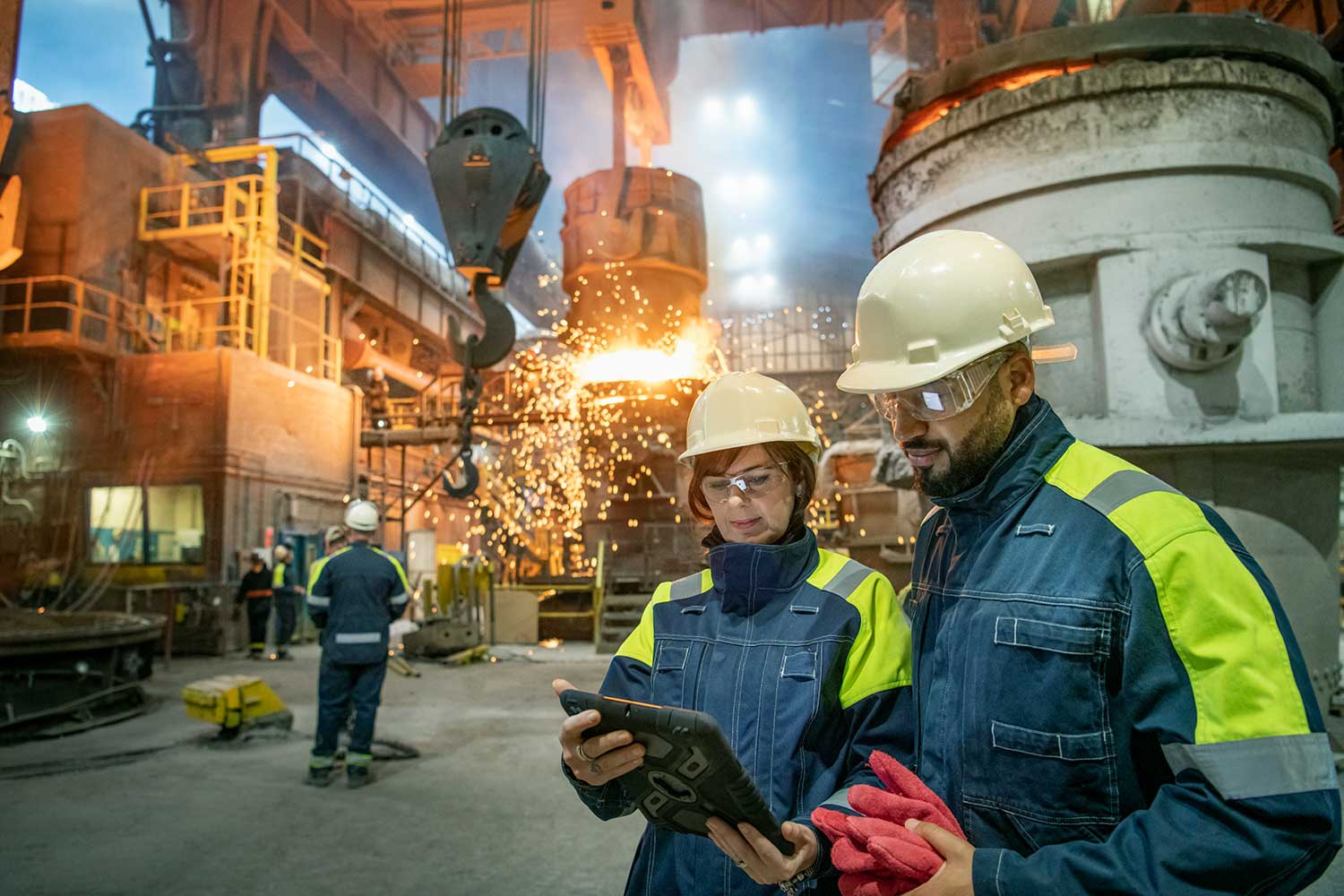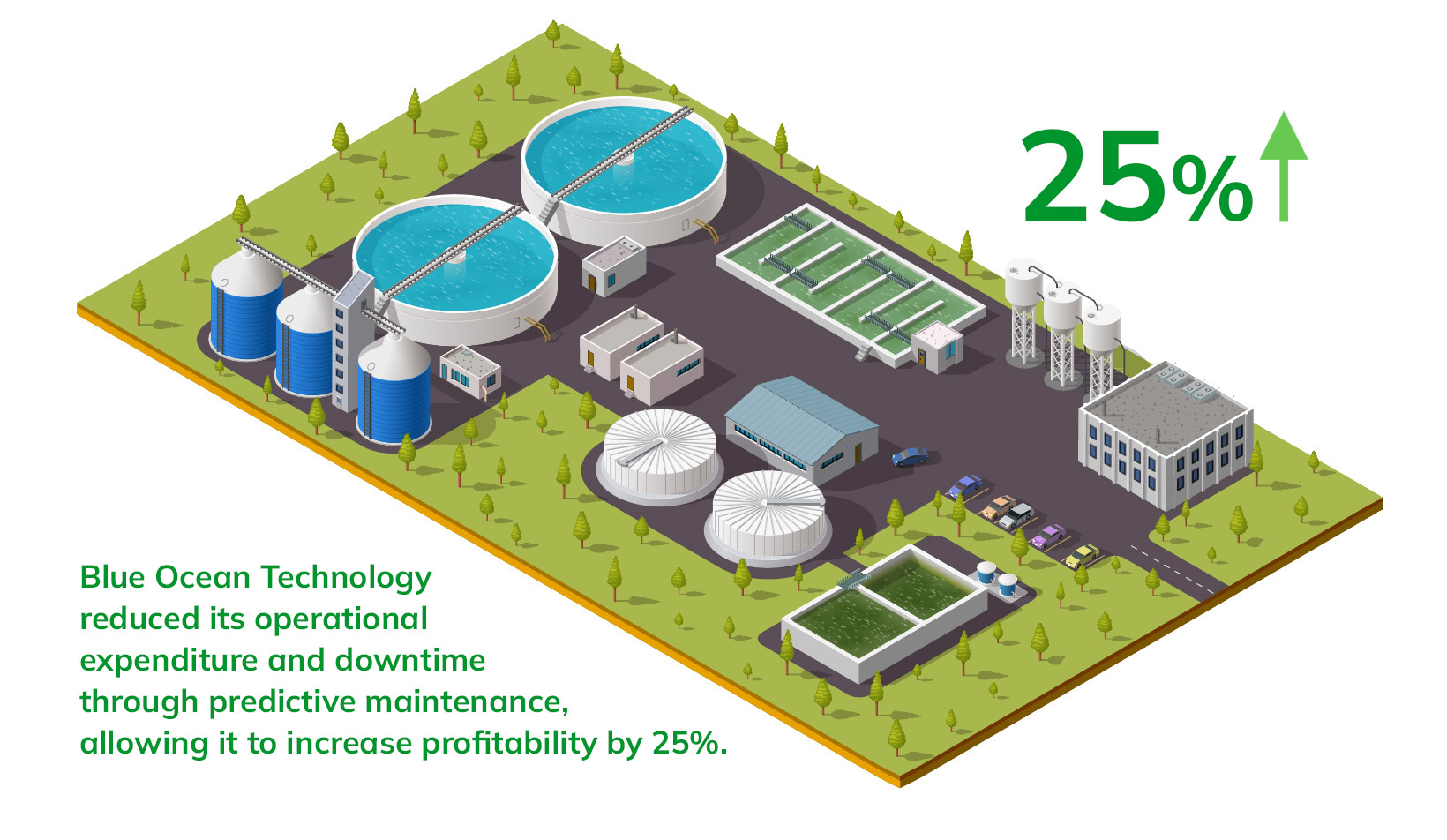Sustainable Automation: Embrace the Green Machines
Machines aren’t quite taking over the world – not yet. But through automation technology, they are helping our industries to become efficient, safer, and easier to monitor and maintain.
However, global production – especially in energy-intensive heavy industrial sectors like cement, steel, and chemicals – consumes more than half of the world’s energy resources[1]
and produces a fifth of greenhouse gas emissions.[2]

Can automation reduce that impact by making our industries leaner and greener?
“Process automation is part of the energy efficiency pathway to decarbonization,” said Lisa Zembrodt, Principal and Senior Director of Sustainability, Pacific Zone, at Schneider Electric, a global specialist in energy management and automation. “And energy efficiency is a crucial part of ensuring that we can continue to operate our economies and society into the future.”
To meet the United Nations’ energy-related sustainable development goals – promoting access to clean energy, reducing air pollution, and tackling climate change – industrial emissions must drop by about 1.2% a year.[3]
It’s a mammoth task. But even in the biggest carbon-emitting sectors, the deployment of digital automation tools and robots can track energy use and adjust energy loads on machinery, improve resource efficiency, and reduce waste through streamlining operations.

Measure, Analyze, Improve
At Schneider Electric, its “EcoStruxure Plant Advisor'' tool is an Industrial Internet of Things (IIoT) platform that connects a company’s information and operational technology systems at all levels, from the factory floor to the control room. From an energy perspective, this enables operators to measure, analyze, and improve consumption.[4]
“Whether it’s energy, time or materials, we need to make sure we’re using those things efficiently and sustainably,” said Zembrodt. “EcoStruxure Plant ensures that operations are optimized in real time – and that reduces costs and waste, and improves safety and reliability.
“For example, the cost of energy varies from one moment to the next. But it is much cheaper in the middle of the day when we have so much solar power. Being able to utilize our resources at those times will be crucial to how we are going to be sustainable – and automation is central to this.”
Sludge Success
Automation technologies are also being successfully deployed in sectors such as aquaculture and agriculture.
Blue Ocean Technology, a Norway-based specialist in sludge and wastewater treatment, wanted to make its operations greener and more efficient. The company needed a solution for its systems that extract sludge from fish farms and turn it into fertilizer. The solution would have to reduce its power consumption, allow it to remotely monitor the system that powers the pumps that extract the sludge, and be cyber secure.

With Schneider Electric’s cloud-based EcoStruxure Machine Advisor, Blue Ocean Technology was able to monitor and fix equipment remotely. For example, if a pump starts to run slowly, Blue Ocean Technology will become aware of it early, allowing a repair to be made without halting operations. It can also monitor the volume of water it releases, assess its quality, and measure how many tons of sludge it removes.
“In the end, Blue Ocean Technology reduced its operational expenditure and downtime through predictive maintenance, allowing it to increase profitability by 25%,” said Zembrodt. “Its environmental footprint also became smaller than that of its competitors. This demonstrates a phenomenon we see across all markets: that companies operating sustainably often out-perform their peers.”

The Only Way is Up
In the United States, indoor farming specialist Fifth Season commissioned Schneider Electric and sustainable energy provider Scale Microgrid Solutions to design and build an independent energy system – known as a microgrid – to power a 60,000-square-foot vertical farm in Pittsburgh.[5]
The indoor farm, where crops are grown in vertically stacked layers in a controlled environment, combines distributed energy resources, including a rooftop solar array, a battery energy storage system, and a natural gas generator equipped with advanced emissions-control technologies.
Performance is controlled by Schneider Electric’s cloud-based, energy management software platform – EcoStruxure Microgrid Advisor[6] – and is designed to operate in parallel with traditional utility electric services during normal operating conditions, and in “island mode” during outages to ensure operations continue.
“We know arable land is going to be an issue as we move forward into the future,” said Zembrodt. “Even if we are able to keep global warming to 1.5 degrees, we know there will be more droughts and floods.
“This is the future. This is how we can adapt. The vertical farm can produce 500,000 pounds of vegetables each year more sustainably, using 97% less land and 95% less water than traditional farming.”
Jobs Opportunity
There’s little doubt that automation technology is a game-changer for organizations that use it. There are concerns, however, about the potential for significant job losses amid widespread automation – and whether it’s a price worth paying.
“We will certainly see the number of jobs around specific tasks reduced,” said Zembrodt. “But that creates an opportunity to re-skill workers in things that can't be automated.“Deloitte forecasts that there will be a shortage of 2.4 million people in manufacturing in the US alone by 2028,[7] so we need to think about where people are actually needed in future.
“Process automation brings efficiency and productivity from an energy perspective, which reduces carbon emissions. And this is crucial if we're actually going to decarbonize the world.”
